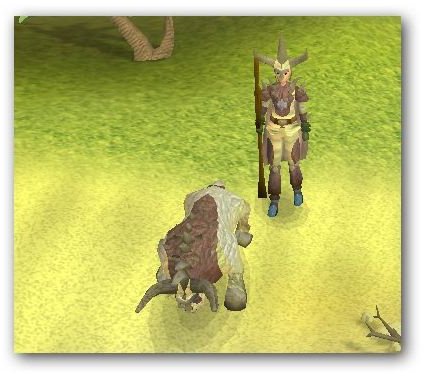

Meanwhile, sundews are active flypaper traps whose leaves undergo rapid acid growth, which is an expansion of individual cells as opposed to cell division. For example, Triphyophyllum is a passive flypaper that secretes mucilage, but whose leaves do not grow or move in response to prey capture. These traps may be active or passive, depending on whether movement aids the capture of prey.

Venus flytrap ( Dionaea muscipula), pitcher plant ( Cephalotus follicularis), and bladderwort ( Utricularia gibba) can be seen as exemplars of key traits genetically associated with carnivory: trap leaf development, prey digestion, and nutrient absorption. This classification includes at least 583 species that attract, trap, and kill prey, absorbing the resulting available nutrients. True carnivory is believed to have evolved independently at least 12 times in five different orders of flowering plants, and is represented by more than a dozen genera. In 1875 Charles Darwin published Insectivorous Plants, the first treatise to recognize the significance of carnivory in plants, describing years of painstaking research. They can be found on all continents except Antarctica, as well as many Pacific islands. Carnivorous plants have adapted to grow in places where the soil is thin or poor in nutrients, especially nitrogen, such as acidic bogs. Carnivorous plants still generate some of their energy from photosynthesis.

Ĭarnivorous plants are plants that derive some or most of their nutrients from trapping and consuming animals or protozoans, typically insects and other arthropods. An upper pitcher of Nepenthes lowii, a tropical pitcher plant that supplements its carnivorous diet with tree shrew droppings.


 0 kommentar(er)
0 kommentar(er)
